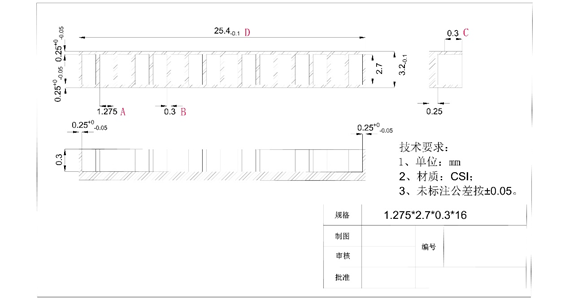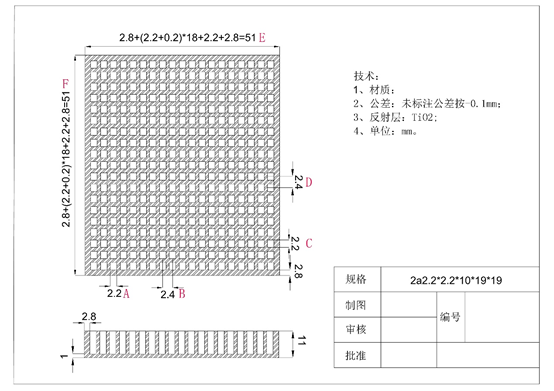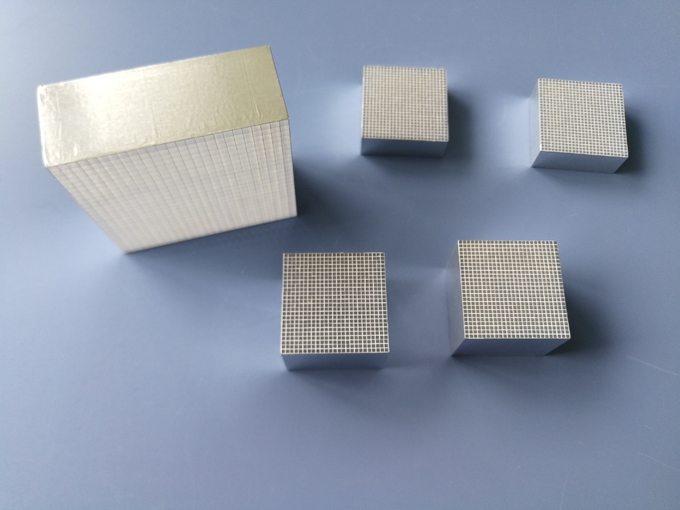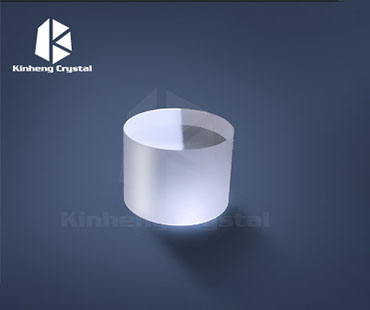Nuclear Medical Imaging Solutions
What’s Medical imaging?
Nuclear medical imaging (also called radionuclide scanning) is an effective diagnostic tool because it shows not only the anatomy (structure) of an organ or body part, but the function of the organ as well. This additional "functional information" allows nuclear medicine to diagnose certain diseases and various medical conditions much sooner than other medical imaging examinations which provide mainly anatomic (structural) information about an organ or body part. Nuclear medicine can be valuable in the early diagnosis, treatment, and prevention of numerous medical conditions and continues to grow as a powerful medical tool.
FOR MOST HEALTHCARE INSTITUTIONS that provide medical diagnostic imaging management which have been part of their daily life for general radiology modalities (i.e., CT, MR, X-ray, PET, SPECT, etc.). However, professionals in these institutions, from physicians, technologists, and administrators, to PACS/IT staff, have also been feeling the pain of not having proper PACS solutions for a range of different modalities. The most under-served modalities by PACS are the nuclear molecular imaging modalities, including PET-CT, SPECT-CT, nuclear cardiology, and general nuclear medicine.
Although nuclear molecular imaging is relatively small considering the number of exams performed per year, its importance is not to be underestimated, both clinically and financially. PET-CT has been proven to be the de facto modality when it comes to cancer diagnosis. Nuclear cardiology has been the modality of choice for noninvasive cardiology. General nuclear medicine provides many functional imaging applications that no other modalities can match. Financially, PET-CT and nuclear cardiology are still among the highest reimbursed procedures in diagnostic imaging.
What makes nuclear medical molecular imaging different from general radiology modalities is that the former images the functions of the body, while the latter images the anatomy of the body. This is why nuclear molecular imaging is sometimes also referred to as metabolic imaging. In order to analyze the functions of the body from the images acquired, special viewing and analyzing tools are required. These tools are exactly what are missing from the majority of the PACS today.
In this regards, More and more medical imaging technology company want to develop the newest generation PET, SPECT.
Why Choose Kinheng:
1.Minimal pixel dimension available
2.Reduced optical crosstalk
3.Good uniformity between pixel to pixel/ Array to array
4.TiO2/BaSO4/ESR/E60 reflectors available
5.Pixel Gap: 0.08, 0.1, 0.2, 0.3mm
6.Performance testing available
Materials' Properties Comparison:
| Item name | CsI(Tl) | GAGG | CdWO4 | LYSO | LSO | BGO | GOS(Pr/Tb) Ceramic |
| Density(g/cm3) | 4.51 | 6.6 | 7.9 | 7.15 | 7.3~7.4 | 7.13 | 7.34 |
| Hygroscopic | Slightly | No | No | No | No | No | No |
| Relative light output(% of NaI(Tl)) (for γ-rays) | 45 | 158(HL)/ 132(BL)/79(FD) | 32 | 65-75 | 75 | 15-20 | 71/ 118 |
| Decay time(ns) | 1000 | 150(HL)/ 90(BL)/748(FD) | 14000 | 38-42 | 40 | 300 | 3000/ 600000 |
| Afterglow@30ms | 0.6-0.8% | 0.1-0.2% | 0.1-0.2% | N/A | N/A | 0.1-0.2% | 0.1-0.2% |
| Array type | Liner and 2D | Liner and 2D | Liner and 2D | 2D | 2D | 2D | Liner and 2D |
Mechanical design for assembling:
Based on the end use of assembled array, there are many kinds of mechanic design from Kinheng to meet the medical and security inspection industry.
1D Liner array are mainly used for Security inspection industy, such as Bagger scanner, Aviation scanner, 3D scanner and NDT. Material Including CsI(Tl), GOS:Tb/Pr Film, GAGG:Ce, CdWO4 scintillator etc. They are typically coupled with Silicon Photodiode line array for read out.
2D array are normally used for imaging, including Medical(SPECT, PET, PET-CT, ToF-PET), SEM, Gamma camera. These 2D array are typically coupled with SIPM array, PMT array for read out. Kinheng provide 2D array including LYSO, CsI(Tl), LSO, GAGG, YSO, CsI(Na), BGO scintillator etc.
Below is kinheng’s typically design drawing for 1D And 2D array for industry.

(Kinheng liner array)

(Kinheng 2D array)
Typical Pixel size& numbers:
| Material | Typical pixel size | Typical numbers | ||
| Liner | 2D | Liner | 2D | |
| CsI(Tl) | 1.275x2.7 | 1x1mm | 1x16 | 19x19 |
| GAGG | 1.275x2.7 | 0.5x0.5mm | 1X16 | 8x8 |
| CdWO4 | 1.275x2.7 | 3x3mm | 1x16 | 8x8 |
| LYSO/LSO/YSO | N/A | 1X1mm | N/A | 25x25 |
| BGO | N/A | 1x1mm | N/A | 13X13 |
| GOS(Tb/Pr) ceramic | 1.275X2.7 | 1X1mm | 1X16 | 19X19 |
Minimal size of Pixel:
| Material | Minimal pixel size | |
| Liner | 2D | |
| CsI(Tl) | 0.4mm pitch | 0.5mm pitch |
| GAGG | 0.4mm pitch | 0.2mm |
| CdWO4 | 0.4mm pitch | 1mm |
| LYSO/LSO/YSO | N/A | 0.2mm |
| BGO | N/A | 0.2mm |
| GOS(Tb/Pr) ceramic | 0.4mm pitch | 1mm pitch |
Scintillation Array Reflector and Adhesive parameter :
| Reflector | Thickness of Reflector+Adhesive | |
| Liner | 2D | |
| TiO2 | 0.1-1mm | 0.1—1mm |
| BaSO4 | 0.1mm | 0.1-0.5mm |
| ESR | N/A | 0.08mm |
| E60 | N/A | 0.075mm |
Application:
| Item name | CsI(Tl) | GAGG | CdWO4 | LYSO | LSO | BGO | GOS(Tb/Pr) Ceramic |
| PET, ToF-PET | Yes | Yes | Yes | ||||
| SPECT | Yes | Yes | |||||
| CT | Yes | Yes | Yes | Yes | |||
| NDT | Yes | Yes | Yes | ||||
| Bagger scanner | Yes | Yes | Yes | ||||
| Container Checking | Yes | Yes | Yes | ||||
| Gamma camera | Yes | Yes |









